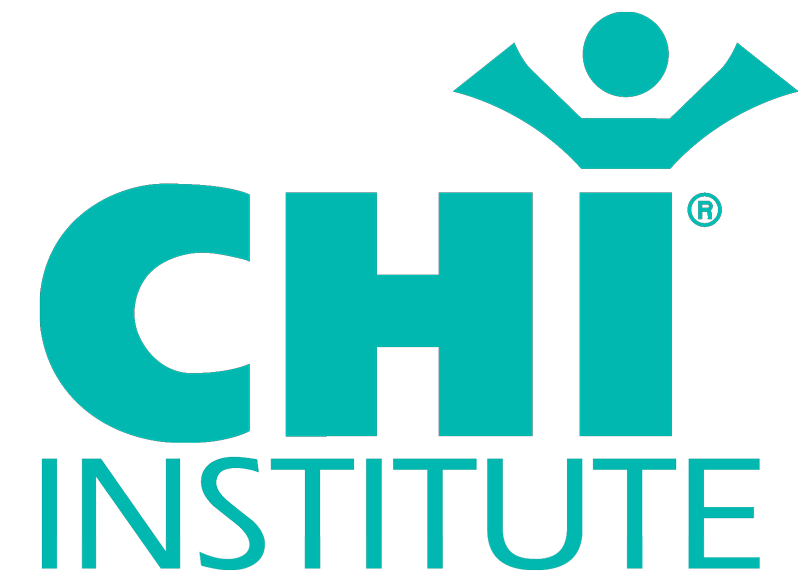Inflammation and the Body’s Cry: Decoding the Cellular Primal Scream
When cells feel threatened, they react. Often they act intelligently. When we get a splinter, they create inflammation which makes the splinter easier to remove. They also know how to handle a scratch or a cold. However, when cells become overwhelmed, as when they or the body is not handling a situation, they scream for help. This comes in many forms including pain, redness, inflammation, and a low frequency vibration. All these stimuli wake up surrounding cells to join in what is clearly an attention-getting scream.
You may have heard that the body creates inflammation by creating inflammation cells. However, every living cell in your body is capable of producing a wide variety of things including fluids that create swelling, cleansing, or lubrication. Sometimes they generate heat to better fight infection, and often they create pain to call your attention to a problem that requires your conscious help. They call in the needed resources, whether increased or decreased blood flow or white blood cells to fight infection.
Cells orchestrate the healing process and they are very good at it most of the time. Sometimes they need help as when they call in the cavalry of white blood cells or cause increased pain. However, there are times when cells panic because the disaster seems too great or because the help they call for is not forthcoming. This is when they scream. They pull out all the stops: Swelling, heat, pain. They also let out a primal scream, a chaotic low frequency vibration that disrupts the normal activities of the cells around them. These other cells stop what they are doing and assess the situation. If they can help they pitch in. However, if they agree that the situation is far from under control, many might join in the primal scream.
What is this primal scream? You can actually see it when a person is angry, fearful, or desperate. You can see their hands or their whole body shake or you can hear a wavering in their voice. Where a child falls and has a boo boo, he screams and cries. He runs to mom who rubs the area of injury. If the cells are assured that everything will be ok, the primal scream often instantly vanishes and whatever healing is required proceeds normally. The same happens when a massage therapist puts hands on a painful part of your body. The message you get is that everything will be OK. Your cells relax, the pain diminishes, and the needed healing accelerates.
I’m a frequency guy, so whenever I hear that there is a signal, especially something as interesting as a primal scream accompanied by a vibration, I immediately ask “what is the frequency range? In this case, it clearly fits the pattern of the brain’s theta rhythm. Like the Infratonic signal in the Chi Palm, this cellular scream is a low frequency vibration, a sound. However, instead of the calm and cooperation brought by the CHI Palm, the scream creates emotional upset, discord, and desperation. This reaction can be amplified at the human level if we watch TV news or movies of desperation, or listen to others as they tell us awful news. Listening to the scream from others pushes our cells to scream along. This amplifies the scream within us along with the body’s pain and suffering.
The Primal Scream usually serves it’s purpose. It mobilizes healing and protective forces to help assure survival and efficient recovery. When the primal scream continues, it means something else is wrong which is not being addressed. Blocking the scream with pain blockers generally means ignoring or not having identified the real problem.









This Post Has 0 Comments